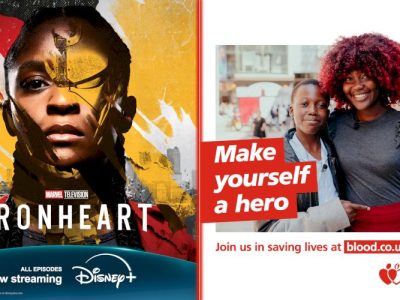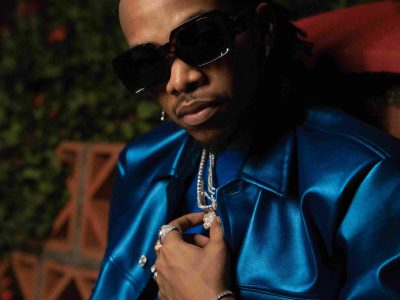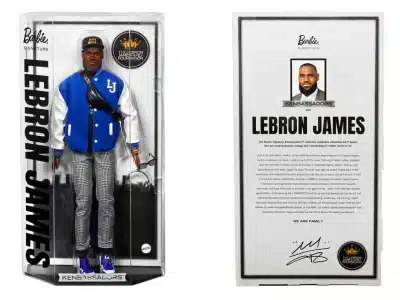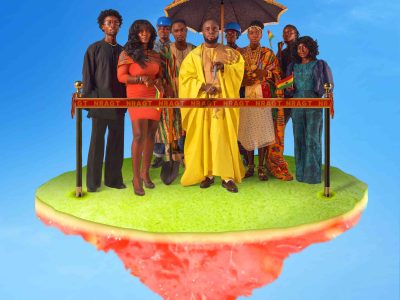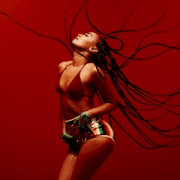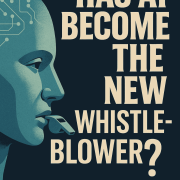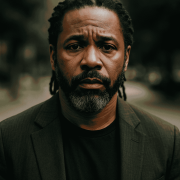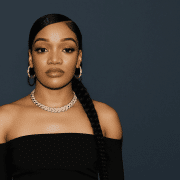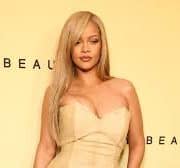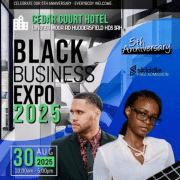Jessica Joseph, who runs a British influencer agency with a diverse talent base, noticed a significant change in attitude from advertisers at the height of the Black Lives Matter (BLM) movement.
“There was a great period when we worked with brands, and they worked with us consistently. They really wanted black voices,” she says. Now, the contact has stopped. “We don’t even get a response to our emails. Not even the courtesy of a no.”
Influencers are the celebrity class of the social media age and, to many people, appear to have the dream job: foreign travel, flashy clothes, fine dining, rubbing shoulders with old school stars – and all for money. However, beneath the surface, the industry is rife with inequality, insiders say.
The Black Lives Matter Era’s Impact on Diversity
The BLM era, which peaked in 2020-21, initially brought a surge in interest in black influencers. But as the movement’s momentum waned, so did the opportunities for diverse voices. Joseph, who runs Season25, an agency promoting diversity, has seen firsthand how interest in her clients has “changed” since the BLM movement’s peak.
A recent report from the UK-based SevenSix Agency reveals a glaring pay gap within the industry. According to the report, influencers of south-east Asian descent made an average of £700 per sponsored video post on Instagram, 57% less than the £1,638 average for white influencers. South Asian, black, and east Asian influencers also earned lower amounts, with average fees of £1,135, £1,080, and £1,010, respectively.
A Performative Improvement in Equality
Charlotte Stavrou, SevenSix’s founder, argues that the perceived improvements in equality are often just for show. She describes inclusion efforts as mere “box-ticking.”
“If, say, 100 influencers are attending an event, probably 80 of them will be white. The other 20 will be mostly black. Some people don’t understand what diversity actually means because they aren’t from diverse backgrounds or don’t have diverse friend groups,” Stavrou explains.
Even when genuine attempts to diversify are made, they often miss the mark. Influencers of Asian descent, for example, are sometimes left out entirely.
The Uneven Playing Field
Stephanie Yeboah, a seasoned influencer with a quarter of a million Instagram followers, has collaborated with brands like Lego, Peroni, and Dove. Despite her success, Yeboah finds the content creation industry to be discriminatory.
“It feels like the darker you are, the coarser your hair, the further away you are from what society seems as the ideal person aesthetically, the less you’re worth,” Yeboah laments.
The inequality extends beyond skin tone and hair type. Creators with different body types and disabilities also face a pay gap. “When it comes to travel content, myself and a lot of plus-size travel influencers seem to be expected to work for free,” Yeboah notes, pointing to an archaic attitude among brands that only offer good money to creators who fit their physical ideal.
The Need for Change
Yeboah, Stavrou, and Joseph all advocate for more diversity within marketing agencies. The marketing industry, like influencing, is predominantly white, which prevents brands from being inclusive.
Joseph stresses the importance of including minority creators as consultants. “The sad fact is that mass consumption doesn’t cater to certain hair types, specifically black hair. So working with those brands is further afield for a lot of creators,” she says. Including black and other minority creators would allow companies to make products that consumers would actually use.
Scott Guthrie, director general of the Influencer Marketing Trade Body, which represents influencers, says representation is taken seriously by many brands. However, some companies fail to understand that “effective influencer marketing campaigns are long-term relationships” and that including minority voices benefits both the creator and the marketeer in the long run.
Phil Smith, general director of the Incorporated Society of British Advertisers, acknowledges the pay gap issue. “While progress has been made, there is clearly more work to be done, and we will continue to work with stakeholders from across the advertising industry to address issues of unacceptable pay gaps in influencer marketing.”
Despite her hope for industry change, Yeboah feels disheartened. “Even though the culture, the fashion, the music we represent, all of it features so many black, Asian and other voices, we’re still being drowned out.”

